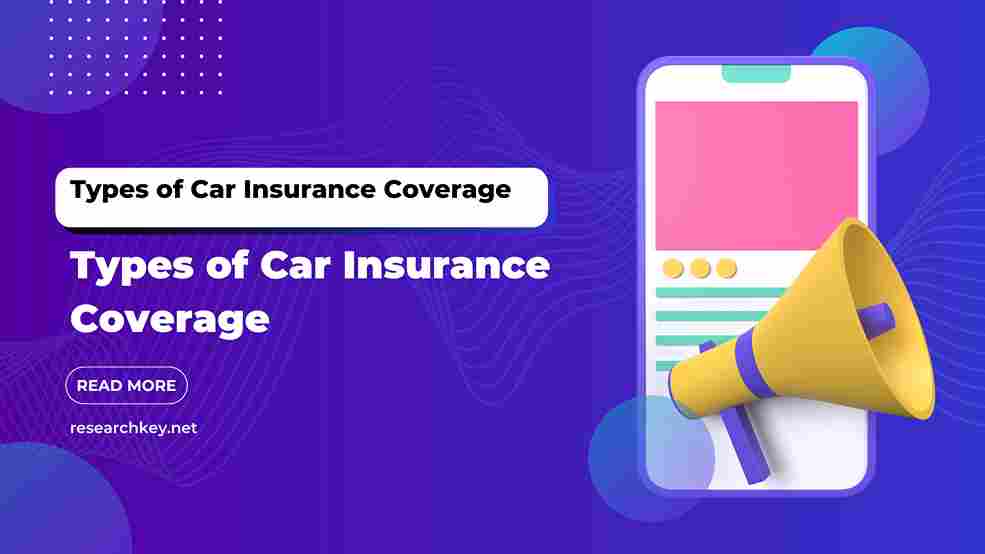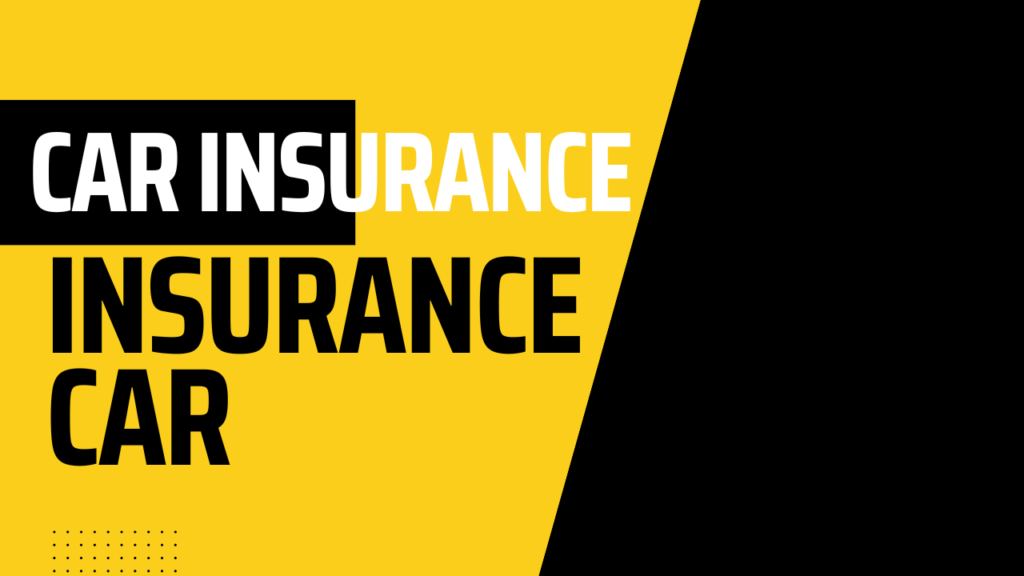Homeowner Insurance through 4 Point Inspections
Introduction:
In the American context, home insurance plays a crucial role in providing financial protection to homeowners against unexpected damages and losses. Insurance companies often conduct risk assessments to determine the insurability of properties. One valuable tool that has gained popularity in recent years is the 4 Point Inspection. This comprehensive examination of a property’s four major systems – roof, electrical, plumbing, and HVAC (heating, ventilation, and air conditioning) – can significantly impact homeowner insurance policies. In this article, we’ll explore how 4 Point Inspections are enhancing risk assessment and homeowner insurance in the United States.
1.The Importance of Risk Assessment in Home Insurance
Risk assessment is a fundamental aspect of the homeowner insurance industry in the United States. Insurance companies conduct detailed evaluations to assess the potential risks associated with insuring a property before offering a policy to the homeowner. This assessment process is crucial for insurance providers to determine the level of risk they are willing to take on and to set appropriate premiums for coverage. High-risk properties, such as older homes or those with outdated systems, may find it challenging to obtain affordable coverage due to the increased likelihood of potential claims.
Traditionally, risk assessment in the homeowner insurance industry relied on general property information provided by the homeowner. However, this method had its limitations, as it lacked a comprehensive understanding of a property’s condition, particularly regarding critical components that could significantly impact its safety and functionality. As a result, insurers might have faced uncertainties and higher risks when insuring such properties.
With the advent of 4 Point Inspections, the insurance industry has gained a valuable tool to enhance risk assessment significantly. Unlike standard home inspections, which provide a broader overview of a property’s condition, 4 Point Inspections focus specifically on four crucial systems: roof, electrical, plumbing, and HVAC. These four components are essential for a home’s structural integrity, safety, and overall habitability.
By focusing on these key areas, insurance companies can obtain a more accurate and detailed understanding of a property’s condition. As a result, they can make more informed decisions about the insurability of the property, the appropriate coverage to offer, and the premiums to charge. This level of precision in risk assessment enables insurance providers to mitigate potential risks effectively and ensure they are insuring well-maintained and low-risk properties.
The 4 Point Inspection process helps identify potential hazards or issues within these major systems that may lead to costly claims for insurance companies. For instance, a well-maintained roof provides better protection against weather-related damages, reducing the likelihood of claims for roof repairs or replacements. Similarly, a thorough assessment of electrical and plumbing systems can help identify potential fire hazards or water damage risks, enabling insurance underwriters to tailor coverage and premiums accordingly.
Moreover, the implementation of 4 Point Inspections also encourages homeowners to prioritize regular maintenance and upgrades for their homes. When homeowners invest in keeping their roof, electrical, plumbing, and HVAC systems in optimal condition, they not only enhance their property’s insurability but also reduce the risk of potential damages that could result in higher premiums or coverage denial. By incentivizing responsible homeownership, insurance companies can foster a more resilient and secure housing market.
In conclusion, risk assessment plays a pivotal role in the homeowner insurance industry in the American context. The introduction of 4 Point Inspections has revolutionized the way insurance companies evaluate properties, providing a more accurate and comprehensive understanding of a property’s condition. This comprehensive approach to risk assessment enables insurance providers to make informed decisions, tailor coverage, and set appropriate premiums, while also encouraging homeowners to prioritize maintenance and upgrades. By enhancing risk assessment through 4 Point Inspections, the homeowner insurance industry can create a win-win situation for both insurance companies and homeowners, leading to a more stable and secure housing market in the United States.
2.Understanding 4 Point Inspections
4 Point Inspections have become increasingly prevalent in the homeowner insurance industry in the United States. Unlike standard home inspections that provide a broad overview of a property’s condition, a 4 Point Inspection focuses specifically on four critical systems: roof, electrical, plumbing, and HVAC. These systems are vital for a home’s safety, functionality, and overall habitability.
During a 4 Point Inspection, a qualified inspector thoroughly examines each of these four components to assess their current condition and identify any potential issues or risks. The roof is inspected for signs of damage, such as leaks or missing shingles, which could lead to water infiltration and structural problems. The electrical system is assessed for outdated or faulty wiring, overloaded circuits, or other potential fire hazards. The plumbing system is checked for leaks, corrosion, and any issues that could cause water damage or disruptions. Lastly, the HVAC system is evaluated to ensure it is functioning properly, providing adequate heating and cooling, and not posing any safety risks.
The main purpose of a 4 Point Inspection is to provide insurance companies with a detailed understanding of a property’s major systems. This information is crucial for insurance underwriters to make informed decisions regarding the insurability of the property, the level of risk associated with it, and the appropriate coverage and premiums to offer. By focusing on these four key areas, insurers can assess the potential risks they may face and determine the appropriate terms for insuring the property.
4 Point Inspections are often required for older properties or those over a certain age before they can be insured. This requirement is in place to ensure that insurance companies are not taking on unnecessary risks associated with older systems or properties that may be more prone to issues or failures. By conducting these inspections, insurance companies can identify potential problems or hazards in advance and take them into account when underwriting policies.
It’s important to note that 4 Point Inspections are typically performed by licensed and qualified inspectors who specialize in evaluating these specific systems. Homeowners can hire a reputable inspector to conduct the inspection and provide a comprehensive report detailing the condition of each system. This report serves as a valuable tool for both the homeowner and the insurance company, as it helps determine the insurability of the property and any necessary repairs or upgrades that may be required.
In summary, 4 Point Inspections offer a targeted and detailed assessment of a property’s major systems, including the roof, electrical, plumbing, and HVAC. These inspections provide insurance companies with essential information to make informed decisions about insurability, coverage, and premiums. By identifying potential risks and issues in advance, insurers can effectively mitigate risks and offer appropriate coverage terms. For homeowners, 4 Point Inspections help ensure the safety and functionality of their homes and may be required to secure homeowner insurance, particularly for older properties.
3.The Role of 4 Point Inspections in Risk Mitigation
4 Point Inspections play a crucial role in risk mitigation for insurance companies in the homeowner insurance industry. By focusing on the four major systems of a property – roof, electrical, plumbing, and HVAC – these inspections provide a detailed assessment of the property’s critical components. This information is essential for insurance underwriters to make informed decisions about the insurability of a property and the potential risks associated with it.
One of the primary ways 4 Point Inspections contribute to risk mitigation is by helping insurance companies identify potential hazards or issues within these major systems. For example, a well-maintained roof is less likely to experience leaks or structural problems during inclement weather, reducing the likelihood of costly claims for roof repairs or replacements. By ensuring that a property’s roof is in good condition, insurance companies can lower the risk of weather-related damages and minimize their potential financial exposure.
Similarly, the electrical system assessment during a 4 Point Inspection can help identify outdated or faulty wiring, overloaded circuits, or other potential fire hazards. Addressing these issues can significantly reduce the risk of electrical fires, which can cause substantial property damage and pose a danger to occupants. By pinpointing and rectifying such electrical hazards, insurance companies can mitigate the risk of fire-related claims and protect their financial interests.
A thorough examination of the plumbing system during a 4 Point Inspection allows insurance underwriters to identify potential water leaks, corrosion, and other plumbing-related issues. Water damage can lead to costly repairs and mold infestations, impacting both the homeowner’s property and the insurance company’s bottom line. By detecting and addressing plumbing problems early on, insurance providers can reduce the likelihood of water-related claims and minimize potential losses.
The HVAC system evaluation in a 4 Point Inspection is equally significant for risk mitigation. An HVAC system that is functioning properly is less likely to break down unexpectedly, ensuring that homeowners can maintain a comfortable living environment. Moreover, a well-maintained HVAC system is less prone to causing safety hazards, such as carbon monoxide leaks. By verifying the condition of the HVAC system, insurance companies can reduce the risk of claims related to system failures or safety issues, leading to a more secure and stable insurance portfolio.
Overall, the role of 4 Point Inspections in risk mitigation cannot be overstated. These inspections provide insurance companies with valuable data on a property’s critical systems, allowing them to make informed decisions about insurability, coverage, and premiums. By identifying potential hazards or issues in advance, insurers can take proactive measures, such as requiring necessary repairs or upgrades, to reduce risks and protect their financial interests. For homeowners, 4 Point Inspections also promote a safer living environment by encouraging maintenance and addressing potential hazards before they lead to costly damages. Through the collaborative efforts of insurance companies, homeowners, and qualified inspectors, 4 Point Inspections effectively contribute to risk mitigation and enhance the overall resilience of the homeowner insurance industry.
4.Impact on Homeowner Insurance Policies
The implementation of 4 Point Inspections has a direct impact on homeowner insurance policies in the United States. These specialized evaluations, which focus on a property’s four major systems – roof, electrical, plumbing, and HVAC – provide insurance companies with valuable data to make informed decisions about coverage, premiums, and deductibles.
If a property passes the 4 Point Inspection with positive results, homeowners may qualify for various benefits. Insurance companies often offer discounted insurance rates for properties that demonstrate good maintenance and sound conditions across these critical systems. Homeowners with well-maintained roofs, updated electrical systems, reliable plumbing, and functional HVAC units are considered to be lower risk, resulting in reduced premiums as an incentive for responsible homeownership.
Furthermore, a successful 4 Point Inspection can also lead to lower deductibles for homeowners. Since the inspection verifies the property’s sound condition, insurance companies may be more confident in offering lower deductibles, as they anticipate fewer claims from well-maintained homes. Lower deductibles can be highly advantageous for homeowners, as they reduce the out-of-pocket expenses in the event of a claim.
Conversely, if a property exhibits significant issues during the 4 Point Inspection, the homeowner may encounter some challenges with their insurance coverage. Insurance companies could request that certain repairs or upgrades be completed before they offer or renew the policy. These repairs or upgrades are intended to mitigate potential risks and ensure that the property meets safety standards, thus reducing the likelihood of future claims.
In some cases, severe issues identified during the 4 Point Inspection may lead to insurance companies declining coverage altogether until the problems are resolved. While this situation can be challenging for homeowners, it emphasizes the importance of proper maintenance and the role that 4 Point Inspections play in encouraging homeowners to address potential hazards and keep their properties in optimal condition.
Overall, the impact of 4 Point Inspections on homeowner insurance policies is significant and beneficial for both homeowners and insurance companies. By providing insurers with accurate and detailed information about a property’s major systems, these inspections enable insurance companies to assess risk more precisely. Lower-risk properties are rewarded with lower premiums and deductibles, motivating homeowners to invest in proper maintenance and upgrades. In contrast, properties with identified issues are encouraged to address them promptly to maintain or obtain insurance coverage. As a result, 4 Point Inspections contribute to a more stable and resilient homeowner insurance market in the United States.
5.Encouraging Home Maintenance and Upgrades
The implementation of 4 Point Inspections in the homeowner insurance industry has proven to be a powerful incentive for encouraging home maintenance and upgrades. Homeowners are motivated to prioritize regular maintenance and invest in necessary upgrades to ensure that their properties pass these inspections and qualify for favorable insurance coverage.
One of the key benefits of 4 Point Inspections is that they bring attention to the critical systems of a property – the roof, electrical, plumbing, and HVAC. Homeowners understand that these systems play a vital role in the safety, functionality, and overall condition of their homes. With the knowledge that insurance companies are closely evaluating these systems, homeowners are more likely to proactively address any maintenance issues or potential hazards before they escalate into costly problems.
In response to the requirements of 4 Point Inspections, homeowners are more inclined to conduct regular roof inspections and maintenance, such as repairing leaks and replacing damaged shingles. They may also schedule regular check-ups of their electrical and plumbing systems to identify and fix any issues promptly. This proactive approach to home maintenance not only helps ensure a property’s insurability but also extends the lifespan of these critical systems, reducing the likelihood of unexpected breakdowns and costly repairs.
Furthermore, 4 Point Inspections often reveal opportunities for upgrades that can enhance a property’s safety and energy efficiency. For example, homeowners may opt to replace outdated electrical wiring with newer, safer alternatives or upgrade their HVAC systems to more energy-efficient models. These upgrades not only improve the property’s overall value and comfort but also contribute to a more sustainable and environmentally-friendly living space.
As homeowners invest in the maintenance and upgrades required to pass 4 Point Inspections, they become more proactive in managing their properties. This proactive attitude extends beyond the inspection process, leading to a culture of responsible homeownership. Homeowners understand that regular maintenance and timely repairs can prevent potential damages and costly claims, which, in turn, can help them secure more affordable insurance premiums and favorable policy terms.
Insurance companies also play a role in encouraging home maintenance and upgrades through their response to the 4 Point Inspection results. By offering discounted rates and lower deductibles for well-maintained homes, insurance providers reinforce the value of responsible homeownership. This positive reinforcement motivates homeowners to continue investing in the care and upkeep of their properties, creating a cycle of mutual benefit for both homeowners and insurers.
In conclusion, 4 Point Inspections have become a powerful tool for encouraging home maintenance and upgrades in the homeowner insurance industry. By focusing on critical systems, these inspections highlight the importance of proactive care and safety in maintaining a property. Homeowners, incentivized by the potential for reduced insurance premiums and deductibles, are more likely to invest in regular maintenance and necessary upgrades. As a result, the implementation of 4 Point Inspections contributes to safer, better-maintained homes and a more sustainable and resilient homeowner insurance market in the United States.
Conclusion:
In the American context, 4 Point Inspections have become a valuable tool in the homeowner insurance industry, enhancing risk assessment and promoting safer living conditions for homeowners. By focusing on the four major systems of a property, insurance companies can make more informed decisions about coverage, premiums, and deductibles. Homeowners, in turn, are encouraged to prioritize maintenance and upgrades, ultimately leading to a more resilient and secure housing market for all parties involved. As this inspection approach continues to gain traction, it stands to benefit homeowners, insurance companies, and the overall stability of the American housing market.
Homeowner Insurance, Homeowner Insurance, Homeowner Insurance, Homeowner Insurance, Homeowner Insurance, Homeowner Insurance, Homeowner Insurance, Homeowner Insurance
Homeowner Insurance, Homeowner Insurance, Homeowner Insurance, Homeowner Insurance, Homeowner Insurance, Homeowner Insurance, Homeowner Insurance, Homeowner Insurance



